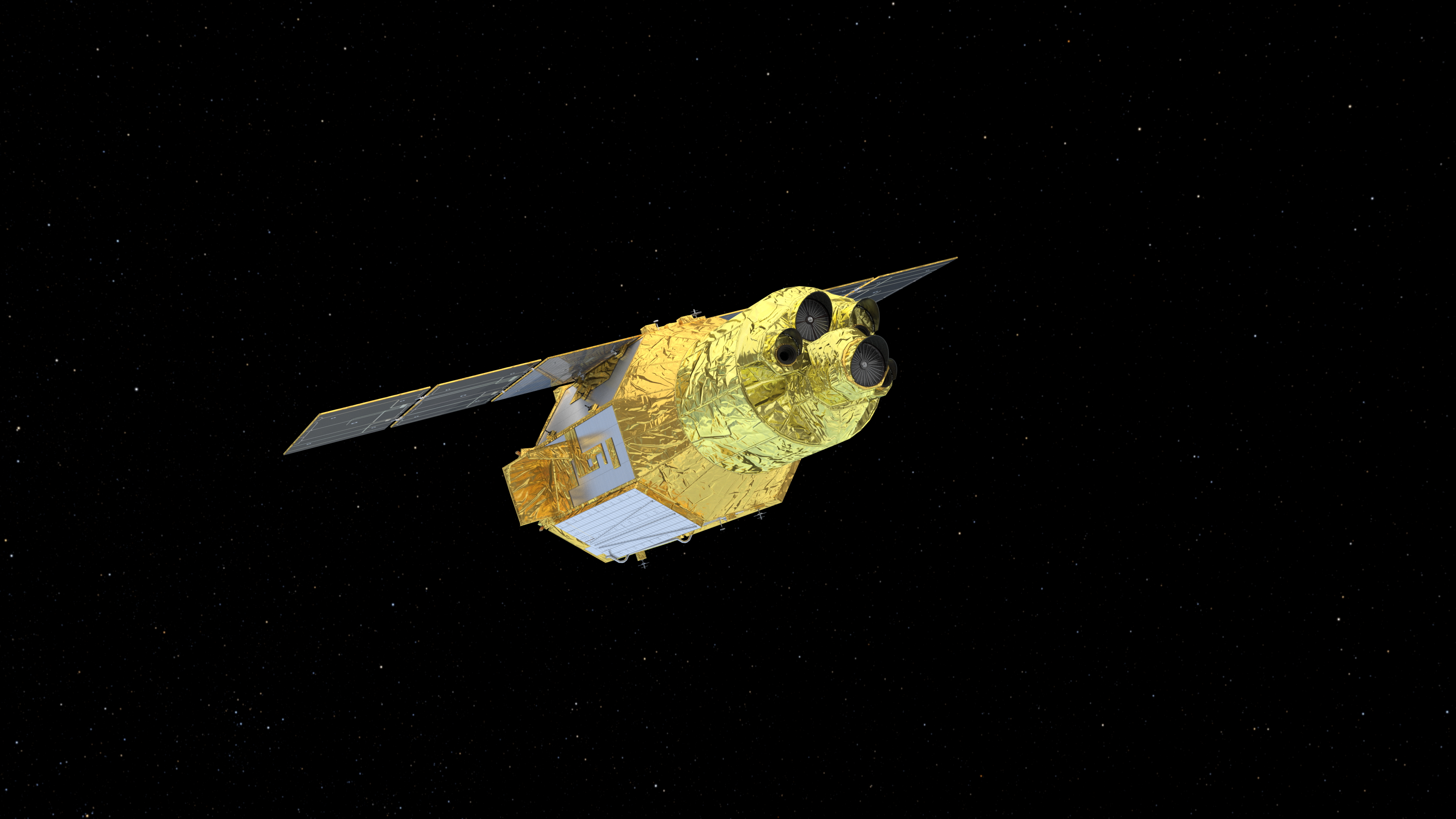JAXA, NASA XRISM Mission Ready for Liftoff
 XRISM launched successfully on Wednesday, Sept. 6, 2023, at 7:42 p.m. EDT (Thursday, Sept. 7, 8:42 a.m. in Japan). The spacecraft separated from the rocket at 7:56 p.m. EDT.Read more.
XRISM launched successfully on Wednesday, Sept. 6, 2023, at 7:42 p.m. EDT (Thursday, Sept. 7, 8:42 a.m. in Japan). The spacecraft separated from the rocket at 7:56 p.m. EDT.Read more.
PhysCOS News
See our new Events Calendar
Program News and Announcements
Sign up for PhysCOS News and Announcements
18 October 2023
Habitable Worlds Observatory START & TAG Invite Interested Community Members To Virtually Attend Kick-Off Meeting on October 31 – November 2 »
Details.
17 October 2023
Astrophysics Advisory Committee (APAC) Meeting 19-20 October 2023 »
Details.
17 October 2023
ROSES-23: New Due Dates for APRA and SAT Opportunities »
Details.
17 October 2023
ROSES-23: D.9 NuSTAR Cycle 10 Corrections »
Details.
17 October 2023
ROSES-23: F.10 PRISM Not Solicited, but F.11 SALSA-PRISM Will Be »
Details.
5 October 2023
PhysCOS & PhysPAG Session at the AAS Winter Meeting 2023 »
Details.
More News Articles
Project News
Related News
Links


 XRISM launched successfully on Wednesday, Sept. 6, 2023, at 7:42 p.m. EDT (Thursday, Sept. 7, 8:42 a.m. in Japan). The spacecraft separated from the rocket at 7:56 p.m. EDT.Read more.
XRISM launched successfully on Wednesday, Sept. 6, 2023, at 7:42 p.m. EDT (Thursday, Sept. 7, 8:42 a.m. in Japan). The spacecraft separated from the rocket at 7:56 p.m. EDT.Read more.